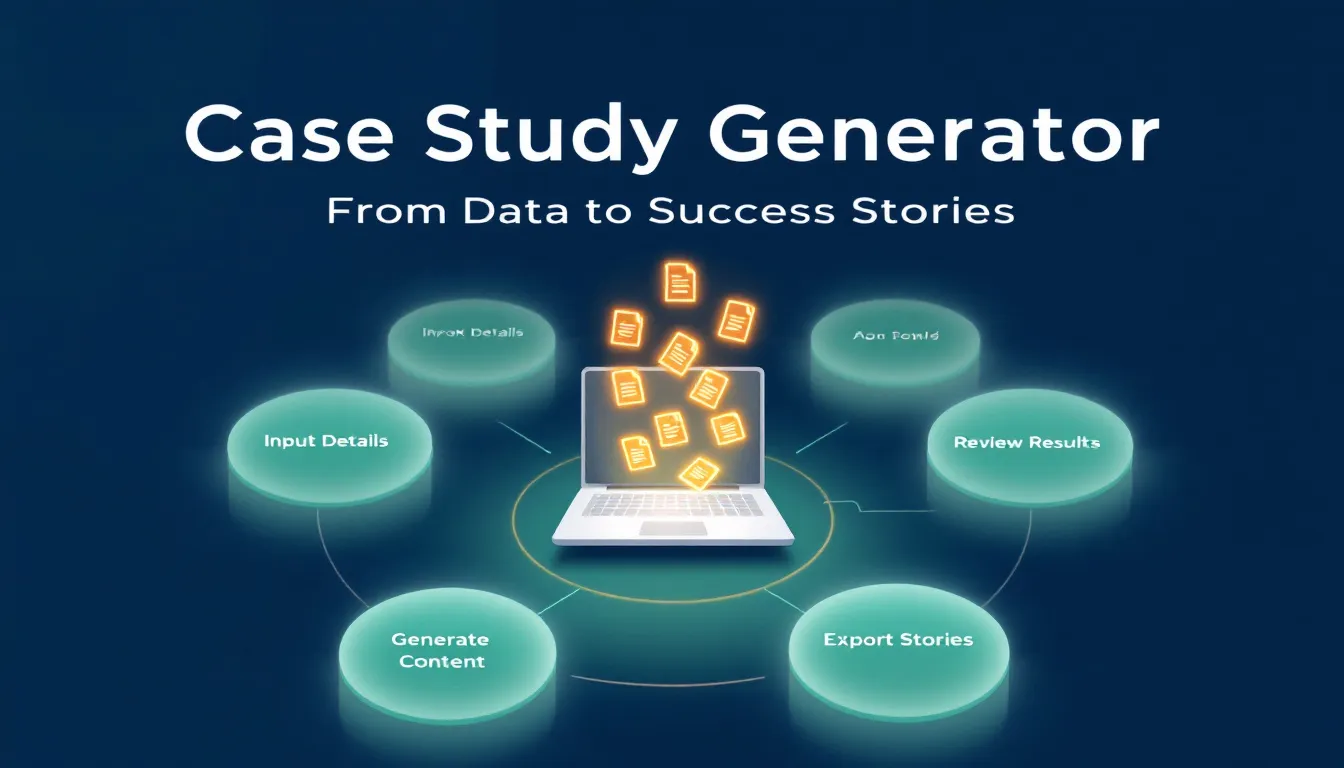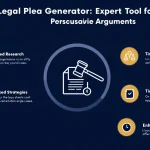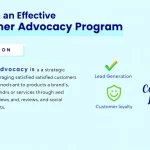Is this tool helpful?
How to Use the Case Study Generator Tool Effectively
- Company Name Field: Enter your official business name. Examples: “NextGen Manufacturing” or “GreenTech Innovations”
- Product/Service Field: Specify what you offer. Examples: “Renewable Energy Solutions” or “Custom ERP Software”
- Client Type Field: Define your target clients. Examples: “Mid-sized retail chains” or “Educational institutions”
- Challenge Description: Describe the main problem your clients face. Examples: “Inefficient inventory tracking across multiple stores” or “Difficulty integrating legacy software with cloud platforms”
- Number of Case Studies: Choose how many case studies to generate (between 1 and 10) based on your marketing needs.
Understanding the Case Study Generator Tool
The Case Study Generator is a practical content creation assistant designed to help you quickly produce detailed customer success stories. You provide key information about your company, products, target clients, and challenges, and the tool generates structured, engaging case studies. These can help you showcase your business value clearly and professionally.
Purpose and Benefits
- Save Time: Cut down from hours or days of manual writing to minutes of automated generation.
- Maintain Consistency: Ensure brand messaging stays uniform across all case studies, supporting a strong business identity.
- Improve Marketing: Use the generated case studies as sales tools, website content, social proof, and more.
Key Elements Included
- Problem Identification: Clearly states the client’s challenge or pain points.
- Solution Description: Explains how your product or service addresses the issue.
- Results and Metrics: Highlights measurable outcomes to demonstrate impact.
- Client Success Story: Provides a narrative to illustrate real-world application.
Practical Usage of the Case Study Generator Tool
This tool simplifies creating multiple case studies for various business scenarios, allowing you to tailor your sales and marketing content quickly. For example, if you want to showcase different products or target segments, you can generate separate case studies for each, saving time while maintaining quality.
Examples of How to Apply the Tool
- Business Development: Quickly create case studies for investor pitches or partnership proposals.
- Website Content: Publish success stories that build trust with prospective customers.
- Sales Enablement: Equip your sales team with strong narratives that highlight client results.
- Marketing Campaigns: Use targeted case studies in email sequences, presentations, and social media posts.
Benefits of Using the Case Study Generator for Your Business
Streamlined Content Production
The tool reduces effort and resources required for content creation. Instead of writing from scratch, you get ready-made, well-structured case studies to edit or use as-is, accelerating your content output.
Consistent and Professional Storytelling
By following a proven framework, the generated case studies maintain clarity and professionalism. They focus on specific challenges, solutions, and results, making your messaging clear and persuasive.
Versatile Marketing Assets
Each case study works as a multi-purpose asset supporting:
- Sales proposals and pitches
- Website testimonials and success stories
- Social media content and ads
- Email marketing campaigns
- Lead generation strategies
Practical Case Study Examples by Industry
Technology Sector
A managed IT services provider shares stories like: “Reduced system downtime by 35% and improved network security for a national retailer.”
Healthcare Industry
A healthtech company generates case studies such as: “Streamlined patient appointment scheduling, reducing no-shows by 25% within six months.”
Financial Services
A financial software firm highlights examples like: “Automated compliance reporting, cutting manual processing time by 50%.”
Integrating Case Studies into Your Marketing Strategy
- Use case studies in blog posts and website success pages to build trust.
- Incorporate them into email drip campaigns for lead nurturing.
- Share snippets on social media to engage your audience.
- Include them in sales presentations to demonstrate proven results.
Frequently Asked Questions About the Case Study Generator
How many case studies should I generate at one time?
Generating 3 to 5 case studies is ideal. This number gives you enough variety to target different client segments or highlight various features, keeping your content manageable and effective.
What makes a good case study?
Focus on clear problem statements, detailed solutions, and measurable results. Including data points and client benefits helps make your stories persuasive and credible.
How can I use these generated case studies?
Distribute them across your website, sales decks, social media channels, and email campaigns. You can present them fully or extract key points depending on the marketing channel.
Can I customize the case studies after generation?
Yes, the generated content forms a strong base that you can enhance with your company’s unique details, client quotes, and specific results to match your brand voice.
What length are the case studies produced by this tool?
Each case study typically ranges from 500 to 800 words, balancing depth with reader engagement for maximum impact.
How frequently should I create new case studies?
Create new case studies quarterly or after completing projects with notable, measurable results. This keeps your content fresh and relevant.
Should I include client names in my case studies?
While named case studies enhance credibility, anonymized stories are also effective when confidentiality is necessary. The tool supports both approaches.
Which metrics should I highlight in case studies?
Emphasize clear business impacts such as return on investment (ROI), cost savings, efficiency improvements, revenue growth, or time reductions. Presenting these metrics strengthens your success stories and appeals to potential clients.
Important Disclaimer
The calculations, results, and content provided by our tools are not guaranteed to be accurate, complete, or reliable. Users are responsible for verifying and interpreting the results. Our content and tools may contain errors, biases, or inconsistencies. Do not enter personal data, sensitive information, or personally identifiable information in our web forms or tools. Such data entry violates our terms of service and may result in unauthorized disclosure to third parties. We reserve the right to save inputs and outputs from our tools for the purposes of error debugging, bias identification, and performance improvement. External companies providing AI models used in our tools may also save and process data in accordance with their own policies. By using our tools, you consent to this data collection and processing. We reserve the right to limit the usage of our tools based on current usability factors.







